Apartment living offers convenience and proximity to urban amenities, but space limitations aren’t always ideal for every dog breed. While some dogs thrive in small living spaces, others require more room to move, exercise, and express their natural behaviors. High energy levels, large sizes, and specific exercise needs can make certain breeds a poor fit for apartment life. If you’re considering adding a dog to your apartment, it’s important to understand which breeds might struggle in this environment. Some dogs need more space and stimulation than an apartment can provide, leading to potential behavioral and health issues if unmet.
10. Bernese Mountain Dog
The Bernese Mountain Dog is a large, powerful breed originally bred for working in the Swiss Alps. They have thick, double coats that shed heavily, requiring regular grooming and space to keep clean. Their size alone can make living in an apartment difficult. These dogs thrive in environments with ample room to move around and stretch their legs. Bernese Mountain Dogs are also highly social and can become anxious or destructive if left alone for long periods. Their need for physical activity and large size and shedding make them less than ideal for apartment living.
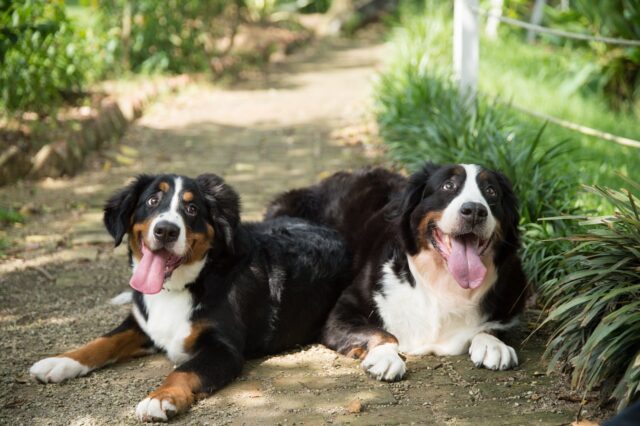
9. Greyhound
While the Greyhound may seem like a surprising inclusion due to its reputation as a “couch potato,” this breed’s need for space should not be underestimated. Greyhounds are built for speed and require regular, vigorous exercise to burn off their energy. Though calm and gentle indoors, their need to sprint in a secure area makes them less suited to apartment life. Without the opportunity to run freely, Greyhounds can become restless and may not thrive in a confined space.
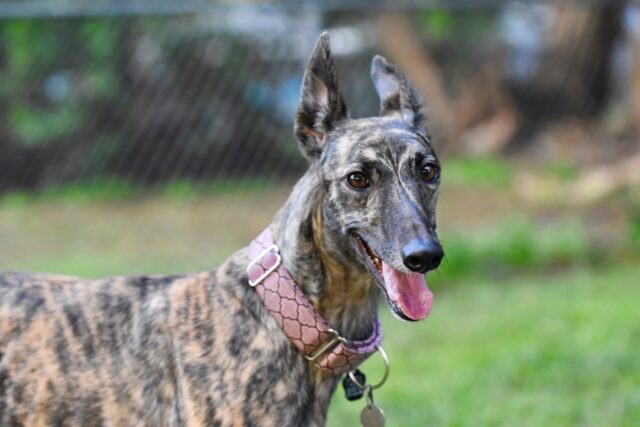
8. Irish Wolfhound
The Irish Wolfhound is one of the tallest dog breeds in the world, and their size can be overwhelming in an apartment setting. These gentle giants need space for their large frames and long tails, which can easily knock over items in a cramped space. Though they are generally calm indoors, their size and need for regular exercise, combined with their short lifespan and potential health issues, make them a challenging choice for apartment living. They thrive in environments where they can move freely and access the outdoors.
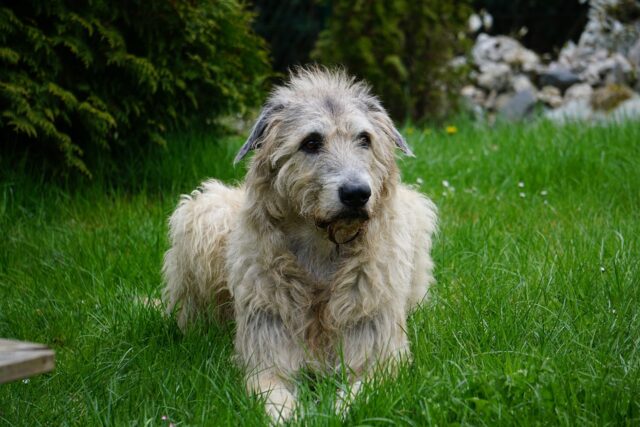
7. Dalmatian
Dalmatians are known for their boundless energy and need for regular, high-intensity exercise. This breed was historically used as a carriage dog, running alongside horses, which speaks to their stamina and need for activity. In an apartment, a Dalmatian may struggle to release its energy, leading to behavioral issues such as barking, digging, or even destructive behavior. Dalmatians also require consistent mental stimulation, which can be difficult to provide in a smaller living space. Their energetic nature, tendency to shed, and occasional stubbornness make them a less-than-ideal choice for apartment dwellers.
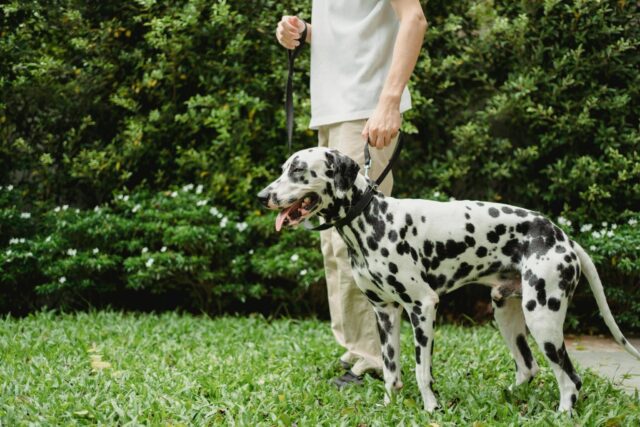
6. Alaskan Malamute
Alaskan Malamutes are powerful, independent dogs bred for pulling heavy loads across long distances in harsh climates. These dogs are highly active and require a lot of physical exercise, making them ill-suited for the confines of an apartment. Malamutes also have thick double coats that shed heavily, especially during seasonal changes. Their independent nature means they can be stubborn and challenging to train, requiring a firm, consistent hand. A Malamute may become bored, destructive, and even vocal in an apartment setting, leading to neighborhood issues.
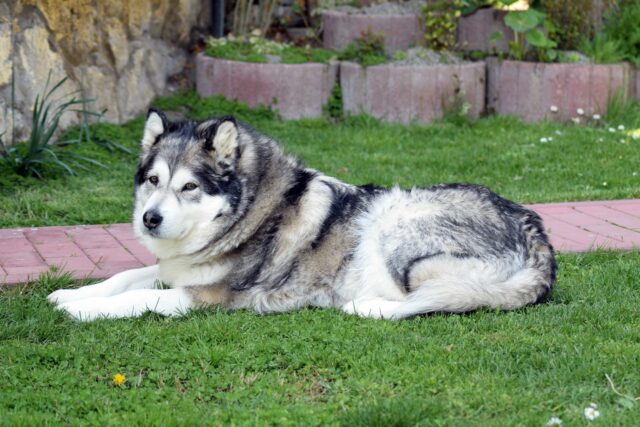
5. Border Collie
Border Collies are widely regarded as one of the most intelligent and energetic dog breeds. They excel in agility, herding, and obedience tasks, requiring much mental and physical stimulation. Providing enough exercise and enrichment for a Border Collie can be challenging in an apartment. Without sufficient outlets for their energy, these dogs can become frustrated and develop behavioral problems. They are also known for their sensitivity and need for space to move freely, which can be difficult to accommodate in a smaller living environment.
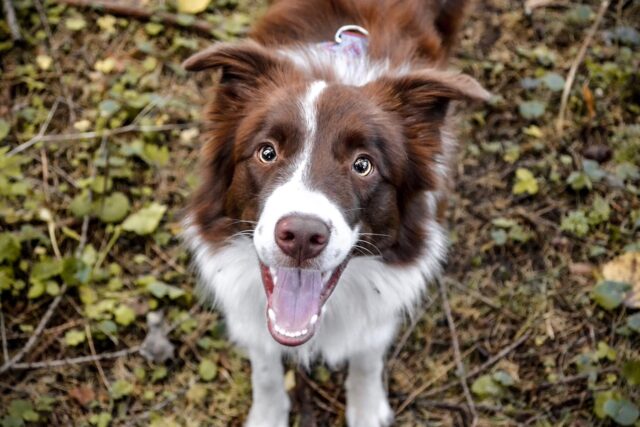
4. Saint Bernard
Saint Bernards are massive dogs with a gentle temperament, but their size alone can make apartment living difficult. These dogs need a lot of space to move around comfortably, and their drooling and shedding can be overwhelming in a smaller space. Saint Bernards also require regular exercise to prevent obesity, but their size and slow metabolism mean they don’t need vigorous activity. However, the limited space in an apartment may not be enough to keep them happy and healthy. Their size, drooling, and potential for health issues make them more suited to homes with large yards or open spaces.
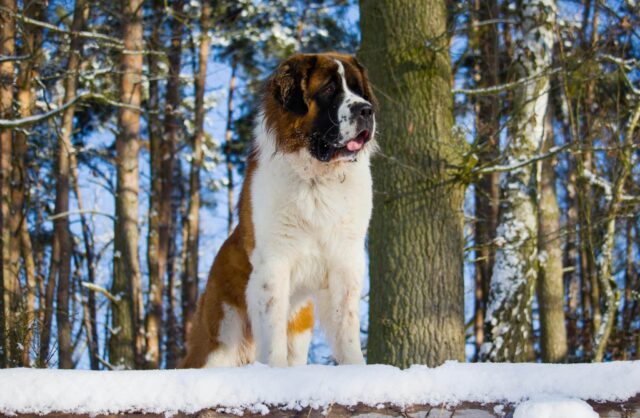
3. Australian Shepherd
Australian Shepherds are highly energetic and intelligent dogs that thrive on physical and mental challenges. They were bred to herd livestock, which means they have a strong work ethic and need to stay busy. In an apartment, an Australian Shepherd may struggle to get the exercise and stimulation it needs, leading to boredom and destructive behavior. These dogs are also known for their vocal nature, which can be problematic in close quarters with neighbors. Their need for activity, space, and mental engagement makes them a poor choice for apartment living.
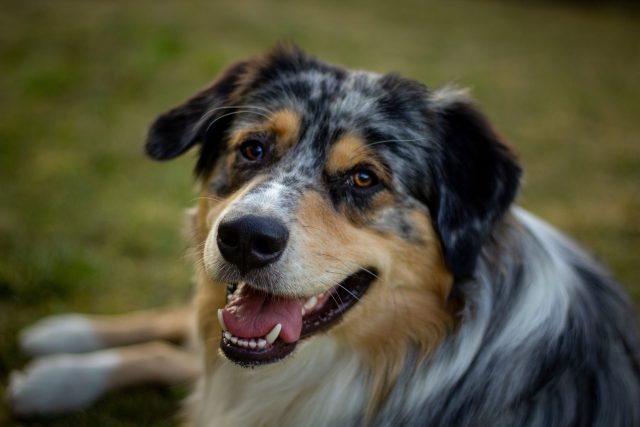
2. Tibetan Mastiff
The Tibetan Mastiff is a large, powerful breed known for its independent and protective nature. These dogs were originally bred to guard livestock in the Himalayan mountains, so they are naturally territorial and can be very vocal. A Tibetan Mastiff may become restless and frustrated in an apartment due to the lack of space and exercise opportunities. Their protective instincts can also lead to excessive barking, especially if they sense unfamiliar people or animals nearby. The Tibetan Mastiff’s size, temperament, and exercise needs make it a challenging breed to keep in an apartment setting.
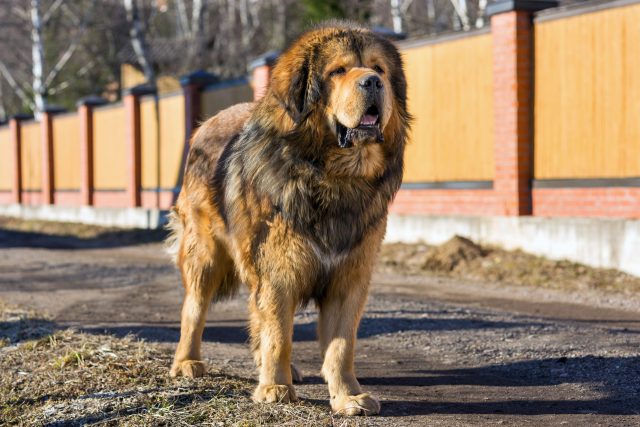
1. Belgian Malinois
The Belgian Malinois is an intense, high-energy breed that excels in working roles such as police and military service. These dogs are known for their intelligence, drive, and need for constant physical and mental stimulation. In an apartment, a Belgian Malinois can quickly become bored and destructive if not given enough exercise and tasks to keep it occupied. They require a lot of space to run and play, as well as a consistent routine to keep them mentally engaged. Their strong prey drive and need for structure make them unsuitable for apartment living, as they can easily become frustrated and anxious in a confined space.
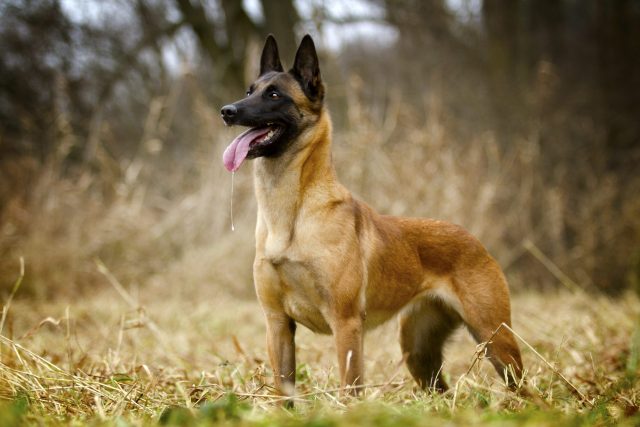
Finding the Best Fit for Apartment Life
While many dog breeds can adapt to various living situations, some are better suited to homes with more space, particularly those with high energy levels, large sizes, or specific exercise needs. Choosing a breed that aligns with your living environment and lifestyle is crucial for the dog’s well-being and peace of mind.
 Toledo, United States.
Toledo, United States.